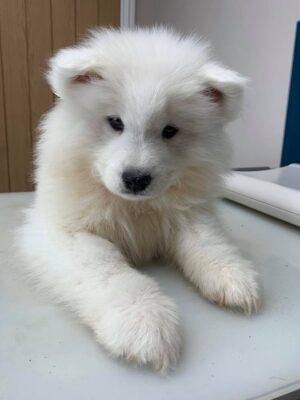Cognitive dysfunction in Dogs
This is something we see fairly commonly in our geriatric patients. It is a neuro-behavioural disorder that is caused by age-related decline in the brain’s cognitive abilities. There are similarities in the changes of the anatomy of the brain between human brains affected by Alzheimers and dog brains affected by cognitive dysfunction.
How can we tell if my pet has this?
Typically pets will show a variety of changes:
- Disorientation- Pets stare at the wall, have difficulty navigating around the house, or become stuck behind furniture. Pets may be less responsive to verbal cues, unable to localize sounds, and less interested in exploring new toys and smells. Some pets may no longer recognize familiar people or places.
- Changes in social interactions- Pets may increase or decrease its interactions with family members. Pets may become more irritable or distressed when left alone or may no longer greet their owners when they come home.
- Changes in sleep-wake cycle- Night time pacing or vocalisation
- Loss of house training- Dogs are more likely to have accidents in the house
- Changes in activity- Pets may exhibit overall decreased activity, but also may begin pacing aimlessly and are unable to settle.
- Anxiety- Pets may be more fearful or worried about stimuli and situations they previously tolerated, such as loud noises, going on walks, walking on certain surfaces, interacting with other dogs or people, or being left home alone.
There are other diseases that can affect behaviour for example liver disease, kidney disease, dental disease, degenerative joint disease, hypertension and some endocrine disorders so it is important to see your vet to help rule out other concerns.
Treatment
There is no specific treatment but there are ways to manage it.
To accommodate your pets aging and changing needs you may need to change things a bit in the home environment to make life more enriched and comfortable for them:
- You may need to add additional litter trays or make them more accessible
- You may need to let your dog out more to give more opportunity for elimination
- You may find that increasing your pets mental stimulation and exercise in the day may reduce night time walking
- Your pet may need additional rest areas away from family members so they can get some space when they are feeling less tolerant and reduce anxiety
- Maintaining a regular routine can reduce anxiety.
Nutritional intervention
There are various diets and supplements that contain antioxidants, omega oils, vitamins and minerals to support brain cell health
Supplement examples include: Nutramind, Yucalm, Akitvait
Diets include: Purina ProPlan Neurocare, Hill’s b/d
Medical treatment
Selegiline – ‘Selgian’: It enhances brain dopamine concentrations and metabolism, it decreases substances in the brain, which are responsible for neural cell damage, and it protects nerve cells.
Propentofylline – ‘Vivitonin’: works by improving blood flow to the brain and has neuroprotective functions.
Complementary therapies
‘Thundershirt’ and ‘Anxiety wrap’ are shirts that make your pet feel hugged and safe.
‘Adaptil for dogs / Feliway for cats’ – these are pheromones that can keep your pet stress free or ‘Pet remedy’ can also help reduce stress.
Acupuncture and massage – your pet may find this relaxing
We would recommend 6 monthly check ups with your vet whilst on medications for cognitive dysfunction and here is a really handy checklist that can help identify the signs of cognitive dysfunction and its progress.










